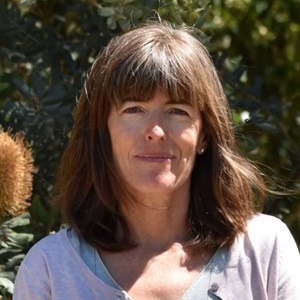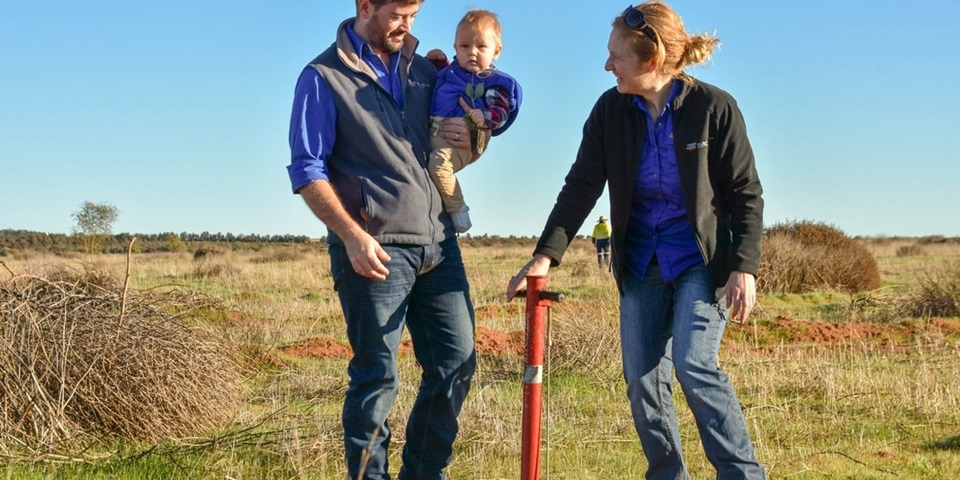We can plant trees, but can we recover the forest?
Areas of research
Habitat rehab
Lead researchers

Tina Parkhurst
Postdoctoral Research Fellow
View staff profile
Rachel Standish
Associate Professor - School of Environmental and Conservation Sciences
View staff profile
Globally, deforestation occurs at an alarming rate of 4–7 million hectares annually, causing biodiversity loss and land degradation. A large proportion of this land clearing is for agriculture and livestock but also for biofuels.
Clearing continues, despite used agricultural land, particularly land with marginal productivity, being abandoned. This trend for increasing extent of degraded land has been observed in North America and Western Europe since the 1960s, and is now evident across the globe.
To combat biodiversity loss and land degradation, recent worldwide initiatives have committed to ambitious ecological restoration targets. For example, the Bonn Challenge has signed up to restore 350 million hectares by 2030 and the UN has declared 2021–2020 as the Decade on Ecosystem Restoration.
In some parts of Australia, passive restoration (i.e., land abandonment) is all that’s needed for the recovery of biological diversity and soil condition. Other landscapes need a more active form of restoration to overcome the legacies of agricultural land use. In Australia, restoration initiatives and the growing carbon market have spurred an increase in tree planting projects on degraded or marginal agricultural land.
We compared the success of land abandonment and tree planting as means to combat land degradation and biodiversity loss in agricultural landscapes through analysis of 42 published field studies that quantified soil condition and invertebrate biodiversity across the globe.
Overall, ecological restoration on abandoned agricultural land has positive effects, showing improved soil condition. For example, changes in soil bulk density and soil porosity would favour plant root development and subsequent plant growth. Soil carbon also increases after restoration activities, indicating that soils on restored land could ultimately develop as important carbon sinks.
However, our analysis also showed that the restored land did not recover to conditions similar to nearby intact native ecosystems, even 50+ years after the initial restoration effort. This result supports studies revealing that it may take centuries to see the recovery of biodiversity and ecosystem functioning at restored sites.
Restoration activities, such as tree planting projects, can therefore improve the condition of the soil and contribute to biodiversity, but they do not replace what was lost, at least not within our lifetime.
As practitioners, we therefore currently lack the tools to recover woodlands and forests. This result highlights the importance of environmental policies to stop land clearing and to protect and maintain intact ecosystems where possible. Research is needed to develop restoration practice beyond tree planting towards holistic ecosystem recovery on old fields.
Project partners and collaborators
Tina Parkhurst
Rachel Standish
Suzanne Prober (CSIRO)
Richard Hobbs (University of Western Australia)
Funding received
Project duration
2020 - Ongoing
Read more about this work
Lead researchers


Rachel Standish
Associate Professor - School of Environmental and Conservation Sciences
View staff profileAreas of research
Habitat rehab
Lead researchers

Tina Parkhurst
Postdoctoral Research Fellow
View staff profile
Rachel Standish
Associate Professor - School of Environmental and Conservation Sciences
View staff profile